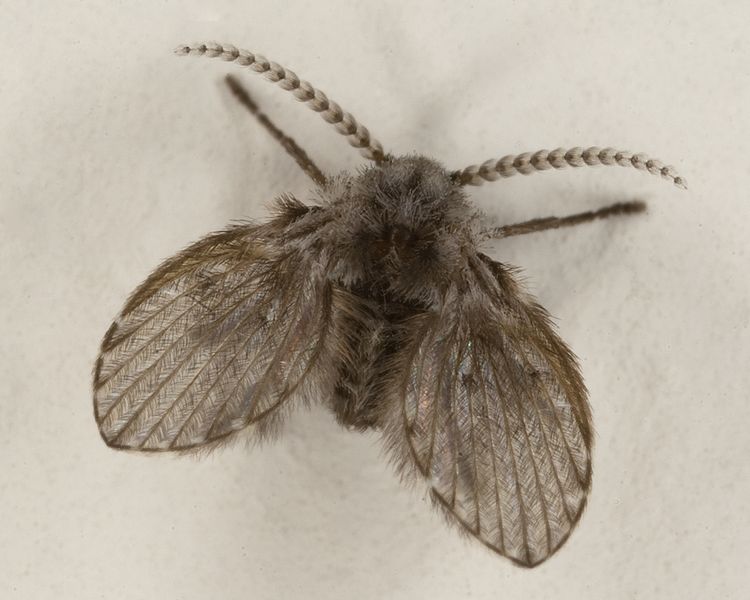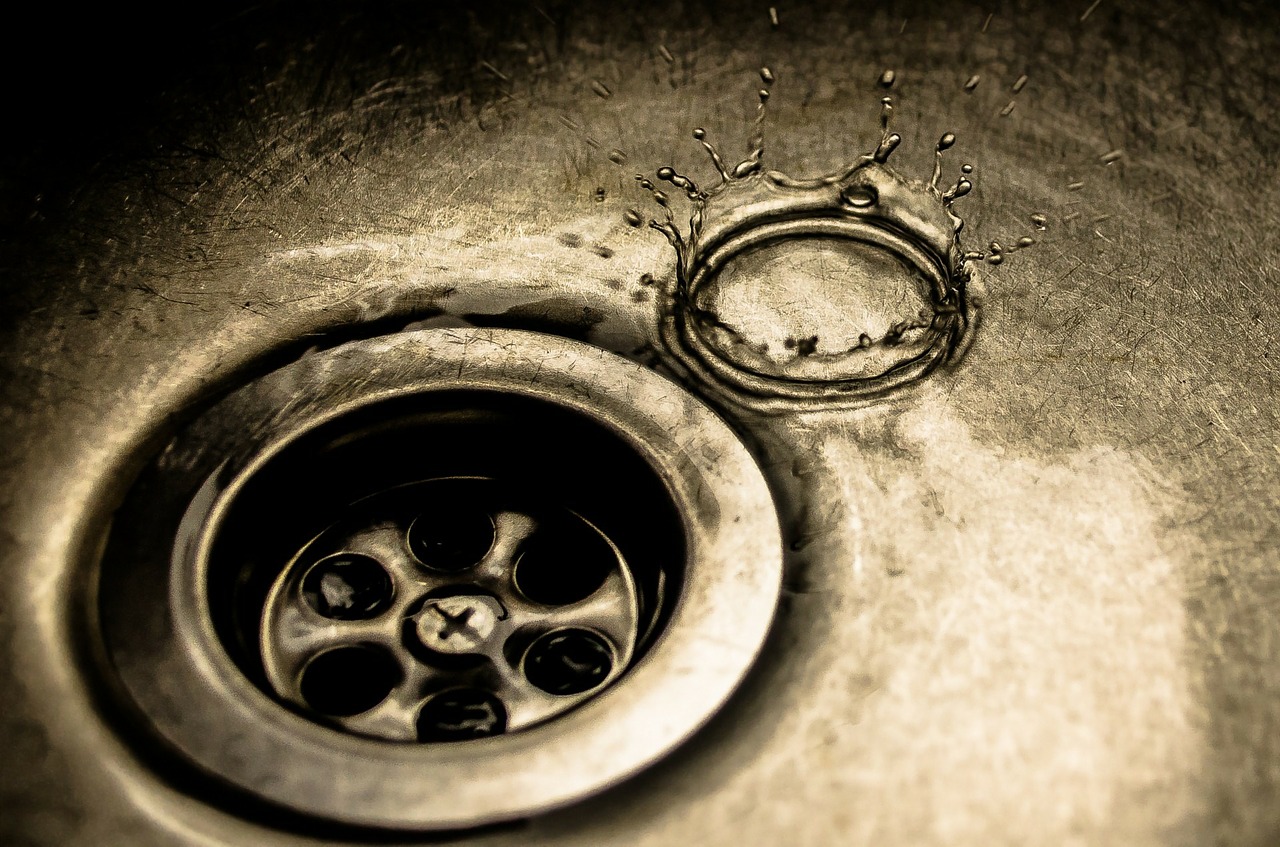When you think about fly infestations, the flies that first spring to mind are houseflies. That’s understandable, as houseflies are one of the most common fly species that trouble homeowners. But there are other fly species that can infest your property, such as drain flies. Here is everything you need to know about drain flies, and how to handle them if you find them in your home.
What are drain flies?
Drain flies are pesky flies that are attracted to sewage and stagnant water. They shouldn’t be confused with other fly species like fruit flies and houseflies. Drain flies have a very distinct look. They have a moth-like appearance, particularly their wings, and are sometimes even called moth flies because of their appearance. Other names for drain flies are filter flies and sewer flies, and you will see them buzzing around your drains, sinks, and other similar spots.
Their colors range from pale gray to black. And their sizes vary between 2 mm and 5 mm. They can only live for up to 24 days, but this doesn’t mean that they can’t cause severe fly infestations in your property. Even though their lifespans are short, they can lay up to 300 eggs, and they can do this all in 48 hours!
Drain flies can infest your property in swarms. The only positive thing about these pests is that they are not known to spread disease-causing bacteria. However, this doesn’t mean you should be complacent. These pests like sewage and stagnant water after all. They can still end up carrying some bacteria and contaminating your food.

How can you determine if you have a drain fly infestation?
A tell-tale sign that you have a drain fly infestation is seeing live drain flies around your property. You won’t miss them because of their distinct physical characteristics – when compared to other flies. You will mostly see them in moist areas, like your bathrooms, drains, and sinks. If you don’t see them, here are some things you can do to determine if you are suffering from an infestation:
- Look for drain fly eggs. Drain flies like to stay in drains, so these are the first places you should look at. Remove the drain cover and look for drain fly larvae. You will most likely see them on the thin organic film on moist spots.
- Place a tape on your drain. Drain flies will try to go out of your drain and buzz around your property. You can put tape on your drain and leave it there overnight. If you see the pests glued on the tape the next morning, you may have an infestation in your hands.
Why do you have drain flies at home?
Drain flies are attracted to sewage and stagnant water. So, if you have these pests in your home, you have probably attracted them because of some kind of sewage or stagnant water on your property. Here are some sources of sewage and stagnant water on your property that may have attracted the pests:
- Bathroom drains, like in the bathtub and shower
- Septic tanks
- Sewers
- Sinks, especially those in the kitchen and those that go unused, like basement and outdoor sinks
- Stagnant water outside, such as the areas around birdbaths, garbage cans, and storm drains
- Unsupervised containers with old water, such as buckets with wet mops
Drain flies get their name from the fact that they are often seen in drains and sinks. They can breed on the thin film of organic matter and moisture within pipes and standing water. You are more likely to suffer from a drain fly infestation if you have draining and piping problems that result in old and stagnant water. You are also not doing yourself any favors if you don’t dispose of old and stagnant water in your property – in birdbaths and buckets for example.
Stagnant water is really one of the last things you want in your property. Drain flies are not the only pests that are attracted to such waters. Mosquitoes are particularly attracted to them too.
How do you get rid of the drain flies bothering your property?
To effectively get rid of drain flies, you will have to destroy the nest where they breed. You can’t just kill the adult flies because they will only replenish their numbers. You have to get rid of the source – their breeding grounds.
- Use boiling water. If you want to go the natural route and you can’t get any more natural than boiling water. Pour boiling water about twice a day for a week in your drain where there is a drain fly infestation.
- Use a drain cleaner. Clean out the drain with warm water and use the drain cleaner to finish it off. Make sure to read the instructions on the label to avoid any problems.
- Use a pesticide. There are dedicated pesticides that particularly target flies such as drain flies. Make sure that drain flies are included in the list of pests they can kill before buying them from the store. To ensure their effectiveness and safety, follow the instructions on the label.

How do you prevent drain fly infestations?
Drain flies are mostly attracted to sewage and stagnant water. So, if you don’t want a drain fly infestation, you will have to minimize the sewage and stagnant water on your property. Here are some things you can do:
- Let water run. Turn on your birdbaths, fountains, and swimming pools once in a while to let the water run. Old and undisturbed water is the drain fly’s best friend.
- Practice proper waste management. Keep your garbage bins closed so they are not easily accessible to pests. Regularly clean them to prevent the build-up of crumbs, grime, and sludge where drain flies can also thrive.
- Replace old and stagnant water. Avoid old and stagnant water at all costs. Replace the water in containers like buckets, flower pots, and storm drains.
- Solve your drain and piping problems. You can clean your property all you want, but you may still have old and stagnant water on your draining and piping system. If you have drain and piping problems, fix them now. Get a plumber if necessary.

